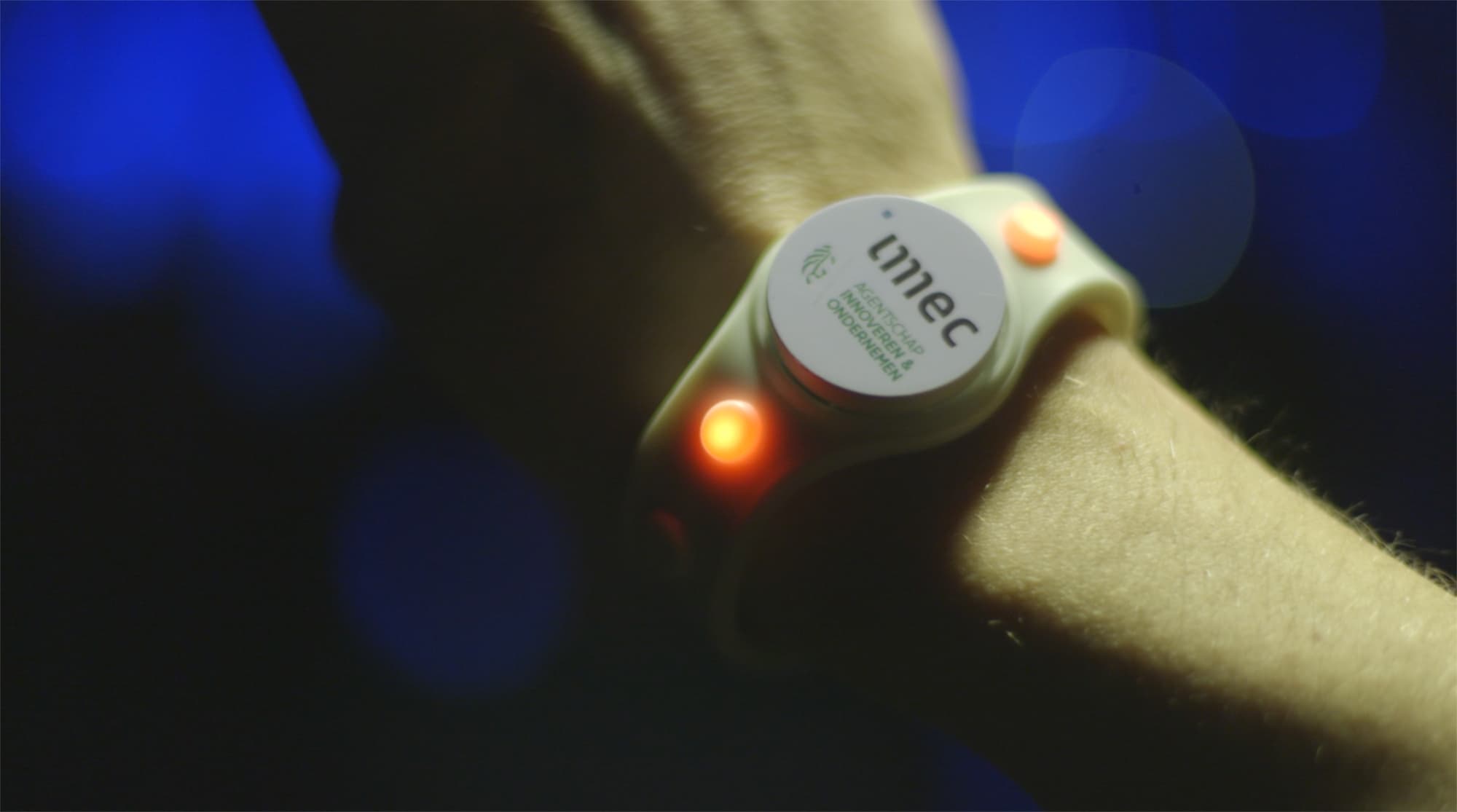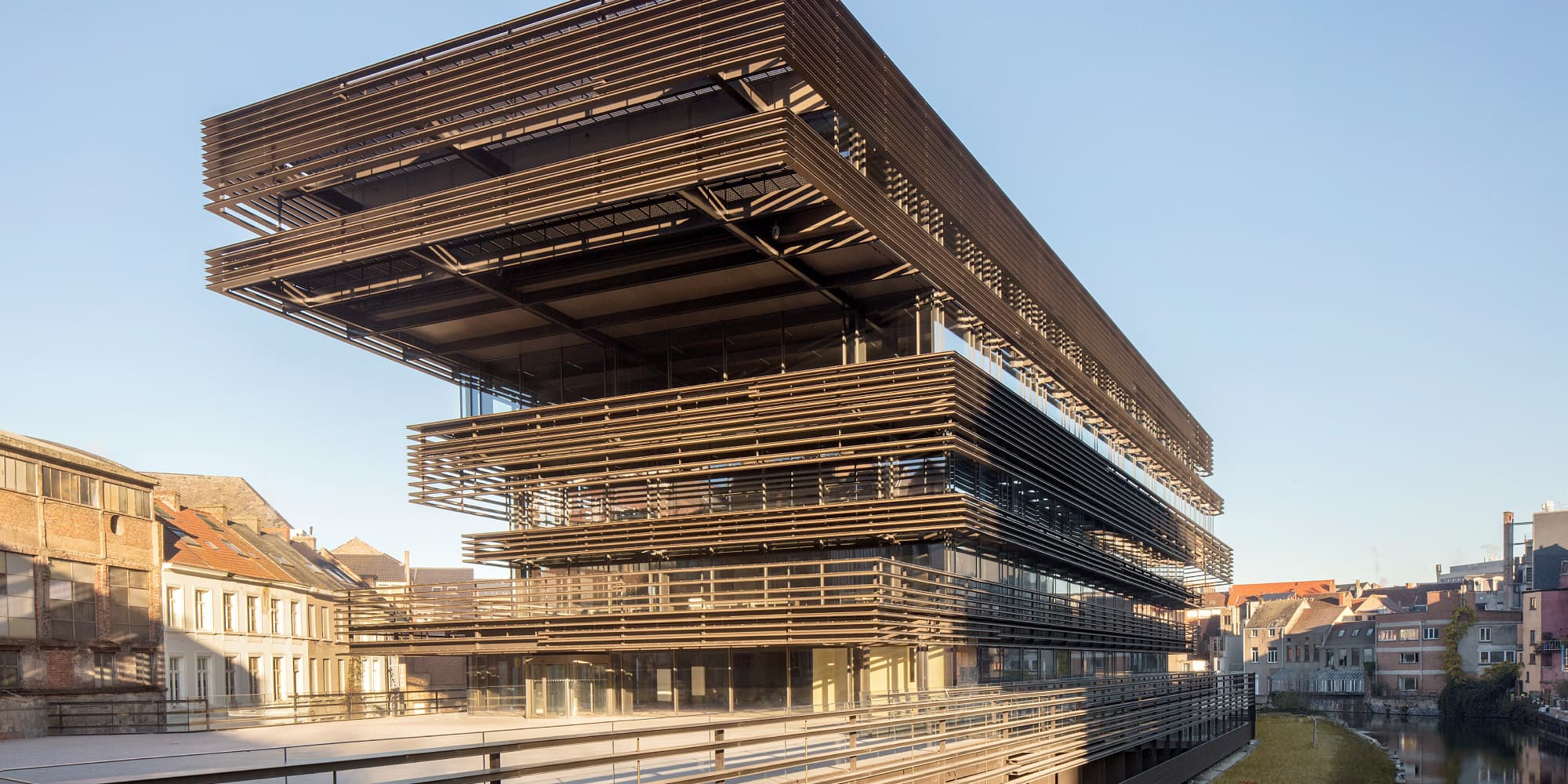X-ray computed tomography (X-ray CT) has a tremendous potential for industrial applications. However, today’s image reconstruction algorithms do not yet deliver the required image quality. A recently finished icon project resulted in several breakthroughs, such as algorithms that allow for an increased scanning speed, building an accurate 3D model for precision diamond cutting, and scanning of dynamically deforming materials. The project’s partners are now looking to implement these outcomes in their products and services and seeing how the findings can be applied to other domains and applications.
From medical to industrial use
Today, X-ray CT is mainly known as a technology for medical imaging in hospitals. CT scans are made by computationally combining many X-ray images taken from different angles. The results are cross-sectional (tomographic) images, virtual slices of the scanned body or object. In a medical application, these enable a detailed view of structures inside the body.
X-ray CT scanning also has tremendous potential for industrial applications, where it can be used to study the properties of materials in a non-destructive way. That way, it allows companies to increase their knowledge of the materials they are working with and to use those insights to improve their R&D, industrial inspection and quality control.
One issue though is that today’s CT image reconstruction algorithms do not deliver the image quality required by demanding industrial applications. That is why two years ago, an icon project was set up with a number of industrial partners. The project’s goal was to investigate and develop advanced algorithms needed for higher quality and dynamic image reconstruction of materials – applied to use-cases such as diamonds, metal objects, and even materials that deform under stress such as foams.
“MetroCT has been a highly demand-driven research project,” explains Jan De Beenhouwer (imec - University of Antwerp) who coordinated the project’s research. “Diamcad, a partner active in the diamond sector, wanted to leverage CT technology to achieve better accuracy in the detailed study of rough stones and the actual polishing of diamonds. And Huntsman, a global chemicals manufacturer, was looking for a more thorough understanding of the behavior of PU foam under pressure; an analysis that industrial CT scans currently cannot accommodate. Finally, 3D metal printing company Melotte wanted to investigate CT scanning technology as a means to properly examine metal objects.”
Jelle Vlassenbroeck of industrial partner Inside Matters, who managed the MetroCT project, stresses the importance of scanning speed: “Industrial CT scanning should be fast, especially in 3D environments in which massive amounts of data are required to accurately reconstruct an object’s image.”
5 to 10 times faster than today’s state-of-the-art
After two years of research, end of March of this year, the project’s results were consolidated. One of the major successes has been the development of advanced algorithms that require 5 to 10 times less data (fewer viewing angles) to accurately reconstruct an object’s image. As a result, the algorithms proposed by the MetroCT team make X-ray CT imaging 5 to 10 times faster than today’s state-of-the-art.
Another innovation was the creation of algorithms to allow a complete, high-precision scan of rough diamonds resulting in an accurate 3D model of the stone. Building on that input, specialists can navigate through the characteristics and constraints of each rough stone. They may then use the algorithm to optimize the quantity and quality of the finished stones that may be won from those rough stones. Thanks to this innovation, the optimal polishing of diamonds can now be guided by X-ray CT technology 10 times more accurately.
And then there is the scanning of deformable materials. Today, using scanning technology to analyze the behavior of complex materials during a deformation (e.g. PU foam that is being subjected to pressure) is a slow process that requires a lot of computing power while still missing out on valuable information. The MetroCT project allows a big leap forward in this domain with advanced algorithms that can rapidly quantify and interpret these dynamics in an industrial setting. As a results, experts can now more easily draw conclusions and come to completely new insights on the behavior of these complex materials.
Implementing results and next steps
With the results of the project available, the project partners can now further innovate their operations.
Diamcad, for example, needs a precise picture of rough diamonds to allow for accurate polishing. With the improved scanning, it can now take into account both the exterior and the interior of a stone in a single step. This allows Diamcad’s specialists to better analyze the rough diamond and all its imperfections and extract the highest value. The new algorithms make Diamcad probably the only company in the world with such powerful scanning abilities, giving it a clear competitive advantage. The company is now considering a follow-up research track with imec’s scientists at the University of Antwerp.
Industrial partner Huntsman acquired important insights on the use of X-ray CT technology for their business. More in particular, they learned how to overcome some of the hardware limitations they were originally confronted with, by means of the new advanced algorithms. Encouraged by these advances and the potential of X-ray CT technology for their business, they acquired a new CT scanner during the project to further explore this potential. And like Diamcad, they are looking into possible follow-up research with imec’s scientists.
Finally, Inside Matters is investigating how the MetroCT use-cases, and the underlying algorithms, can be extended to other domains – from medical devices, to food and crops, and even the construction industry.
If you are interested as well in getting access to the technology that has been developed by the imec – University of Antwerp researchers, feel free to get in touch with Stan De Vocht at Stan.DeVocht@imec.be
What are imec.icon projects?
Imec.icon projects are agile and demand-driven research projects, leveraging the combined expertise of academia and industry partners. They typically have a duration of two years, yet quickly adapt to the rapidly-evolving digital landscape. The project partners intend to use the project results in their products or services. Apart from the contribution of the project partners, the MetroCT project was co-funded by iMinds (now imec), with project support from Flanders Innovation & Entrepreneurship.
Read more:
Published on:
6 December 2016











